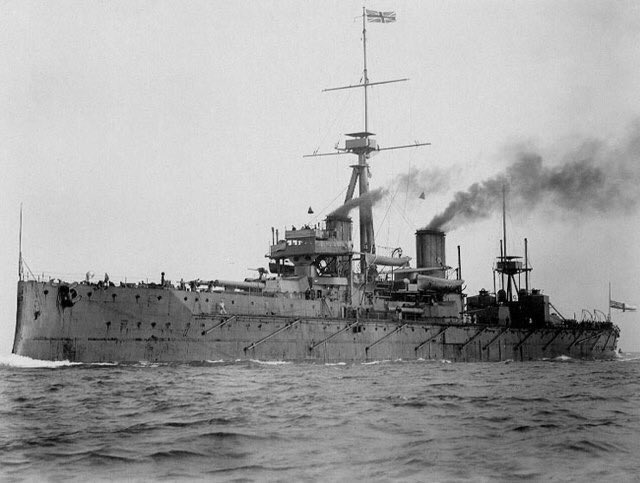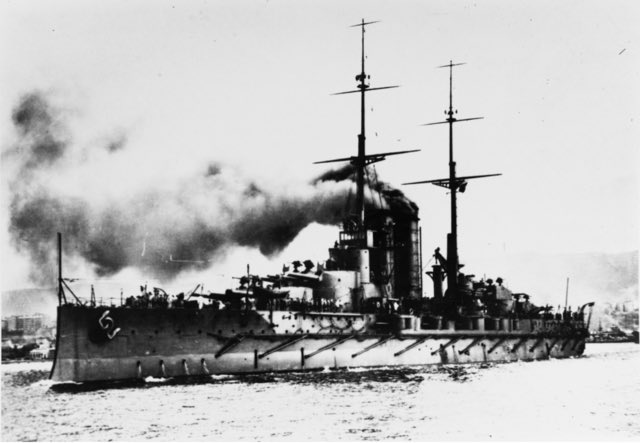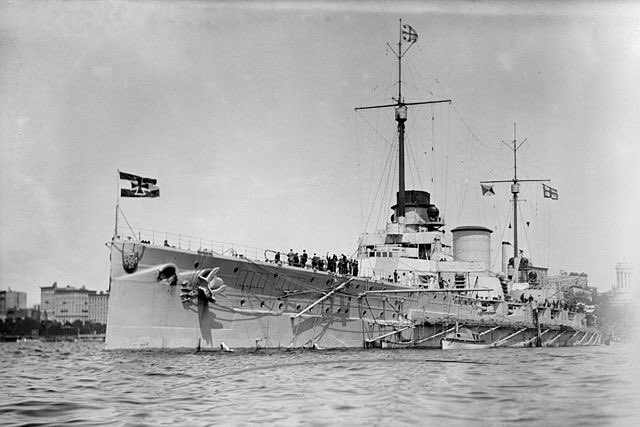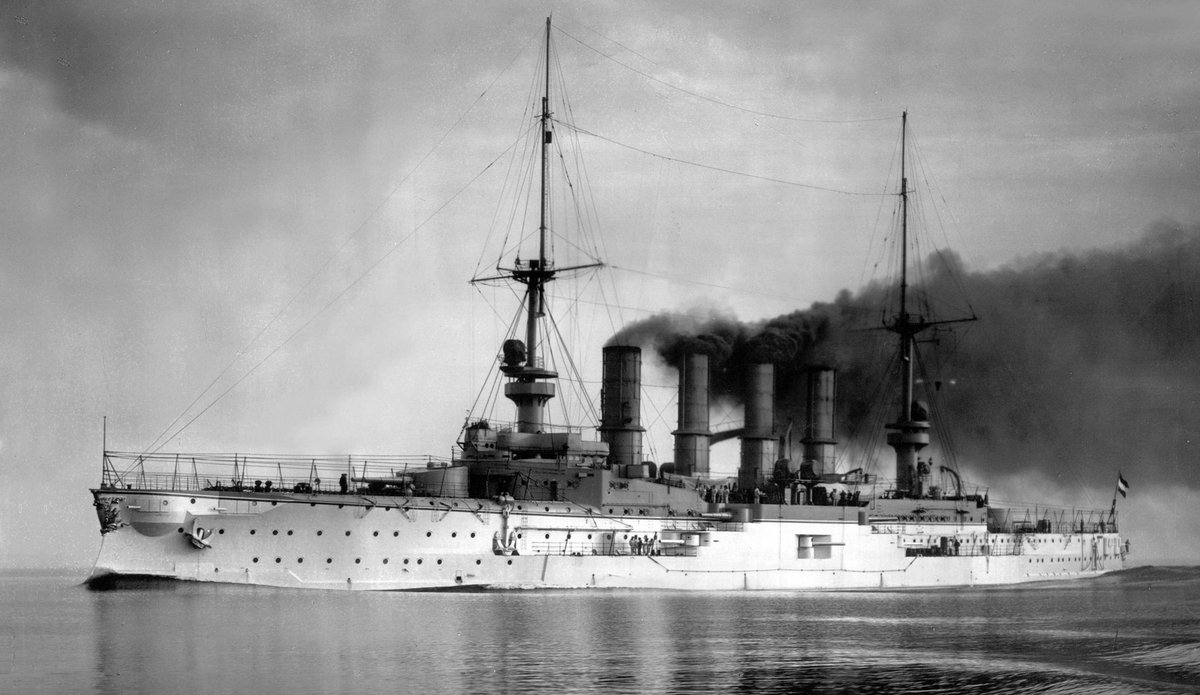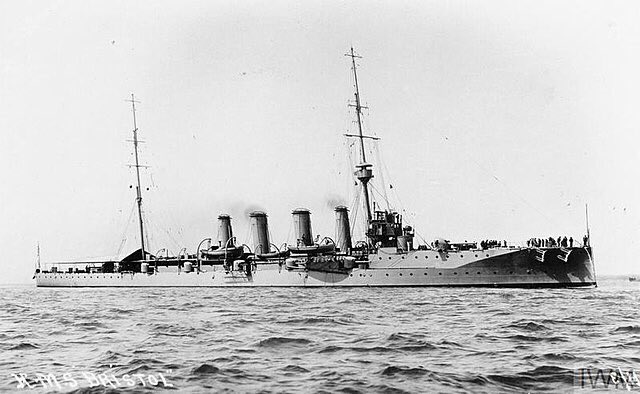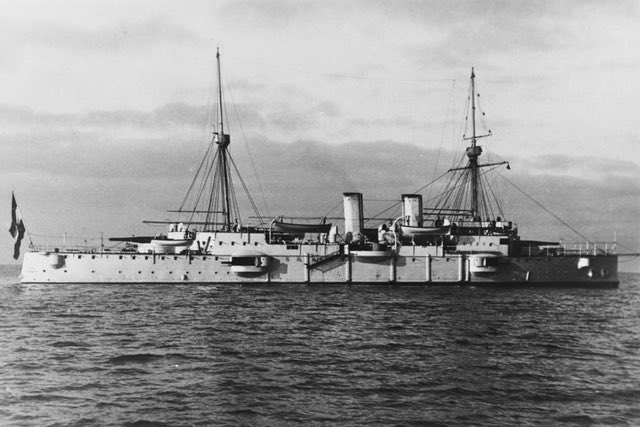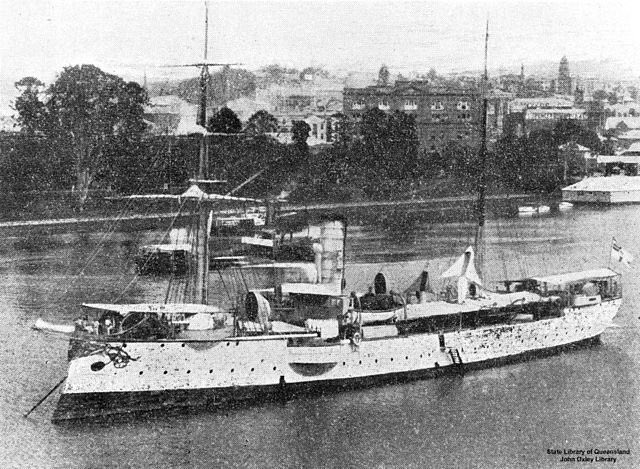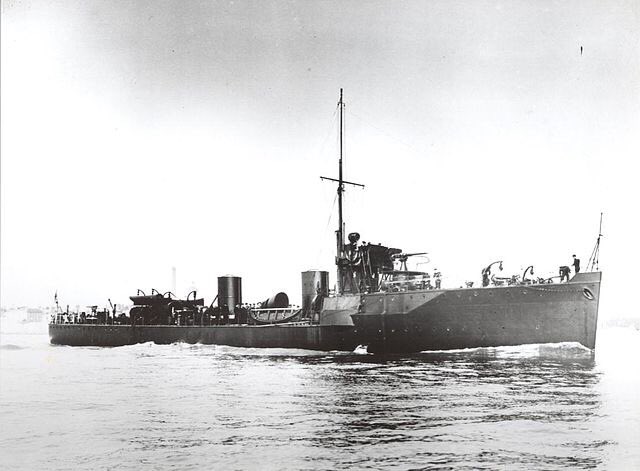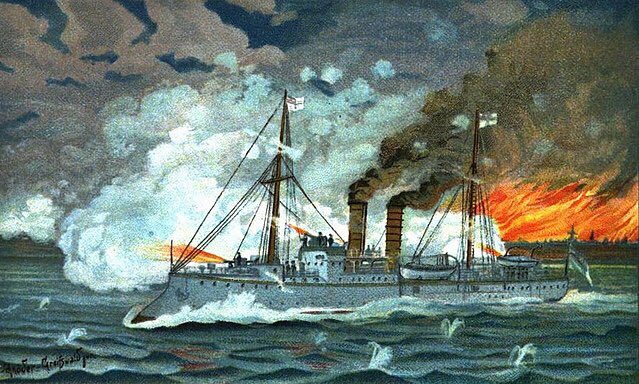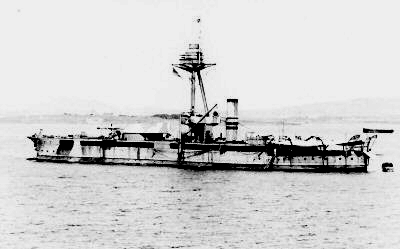Right, serious history, that’s why I’m here and why a chunk of you follow me so...
Today I thought I’d describe the differences between the type of warships engaged in the First World War starting with battleships:
Today I thought I’d describe the differences between the type of warships engaged in the First World War starting with battleships:
Super dreadnoughts: starting with the Orion class (1911) was basically a much bigger dreadnought (see below) as over time displacements had grown by 2000 tons, the new 13.5” gun became available with turrets arranged to superfire over each other. This was the pinnacle of design
Dreadnought: The commission of HMS Dreadnought (pictured) was ground breaking in 1905-6 & was one of those developments that made all else obsolete. It embodied long range gunnery of the more numerous main heavy Cali remains guns with the smaller secondary armament.
Dreadnoughts evolved overtime to get larger secondary armament to deal with the more pressing destroyer threat.
More importantly a fresh naval arms race around the world (notably Britain & Germany) began & even Austro-Hungary built 4 to combat Italy (SMS Prinz Eugen pictured)
More importantly a fresh naval arms race around the world (notably Britain & Germany) began & even Austro-Hungary built 4 to combat Italy (SMS Prinz Eugen pictured)
Pre-dreadnought: these “obsolete” battleships (like Canopus pictures) were smaller with a main armament in turrets, with slightly smaller calibre guns in emplacements along the hull designed for fleet actions at close range. By 1914 very vulnerable to a battle with Dreadnoughts
Battle-cruisers; These were the cream of the cruiser force & were a hybrid of battleship & armoured cruiser carrying large calibration guns but with the speed of a cruiser. (SMS Moltke pictured) Hipper & Beatty’s bore the brunt of the fighting in the North Sea
Armoured cruisers; First built in 1873 in Russia the Armoured Cruiser was designed to pack a punch against other cruisers but be able to escape a battleship and was defined by a thick armoured belt on the mid to upper hull. (SMS Scharnhorst pictured)
The Light Cruiser was a very lightly armoured but quick warship often used for scouting & patrol duties. By 1909 they also sported a similar but lighter armoured belt to the Armoured Cruiser. (HMS Bristol pictured)
Protected cruisers; Much older & fairly obsolete for fleet action the Protected cruiser like SMS Kaiserin Elisabeth (below) only sported armoured decks and a protective shield around vital ship’s machinery & armoured gun emplacements
Unprotected cruisers; The only armour these lightly armed (and very obsolete ships) carried was the protective shell around vital machinery. SMS Cormoran had been downgraded to the status of gun boat
Destroyer/torpedo boat. During the late 19th century there was a growing belief that fast lightly armoured ships could cut through cruiser screens & torpedo the vulnerable below the water armour of battleships. Also used for escorting convoys (HMS Eden)
The Gunboat; basically designed for bombarding small shore targets as naval support such as the battle of the Taku forts during the Boxer rebellion where SMS Iltis (pictured) got the Pour le Merite
Finally, sloops; very lightly armed & armoured not meant for fleet engagements but used for convoy escorts and light naval duties. The Cadmus class were used effectively as gun support from the rivers during the Mesopotamia campaign

 Read on Twitter
Read on Twitter
